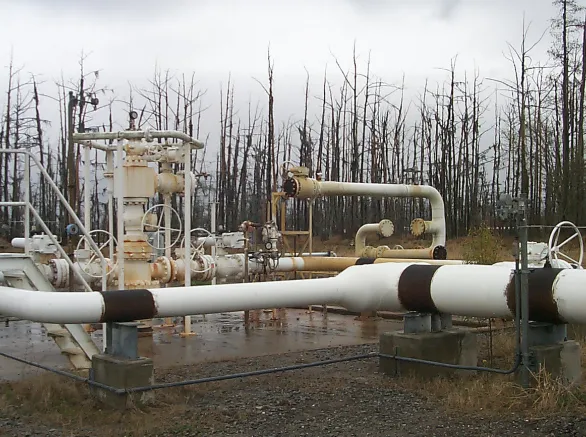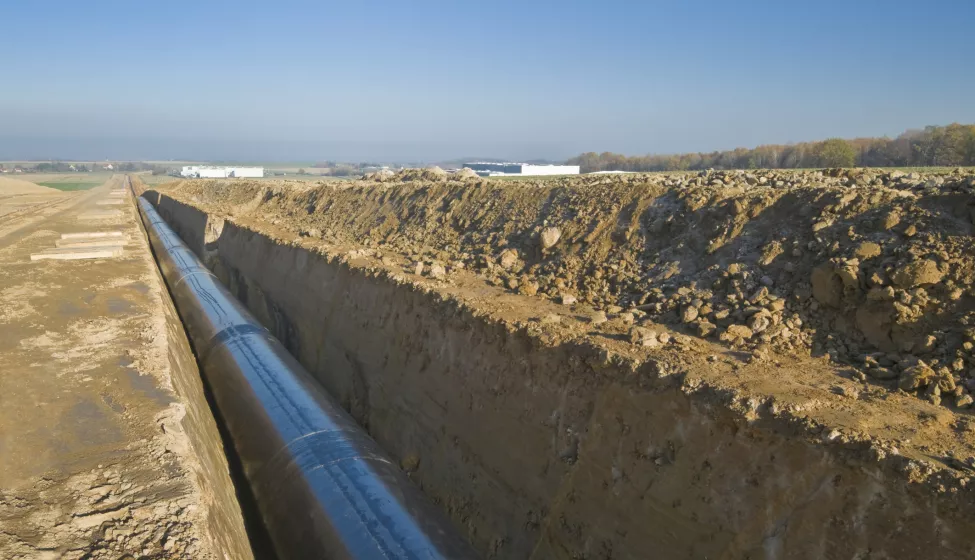May 29, 2025
Pipelines can be one of the safest forms of hazardous material transport, but when they fail, they can cause significant damage and loss of life. Determining the cause of pipeline failures is crucial to preventing them. In their paper "Failure Analysis of a Ruptured Pipeline," Exponent's Alex Hudgins, Chelsea Liu, and Brad James describe the analysis of a 2013 pipeline failure in Nebraska. The pipeline was found to exhibit progressive cracking at a localized hard spot.
The authors' analysis included visual inspection, nondestructive laser scanning, fractographic examination, metallographic examination, mechanical testing, and chemical analysis. The authors found that the pipe fractured due to hydrogen stress cracking (HSC), which can occur in high-hardness steels in the presence of a corrosive environment and high-stress state.
The materials and corrosion experts go on to describe other nondestructive and destructive tests they performed to determine the cause of the pipeline failure, including photos, charts, and the results of scanning electron microscopy (SEM). They found that a key factor in the failure was the "hard spot," a small region of steel that was significantly harder (stronger) than the material around it, creating an area susceptible to environmental progressive cracking.

"Failure Analysis of a Ruptured Pipeline"
Access the full article with log in here
From the publication: "The pipeline rupture was found to be caused by hydrogen stress cracking that occurred at a local hard spot. The hard spot was created during pipe manufacture and existed in service for over 50 years."
Insights




